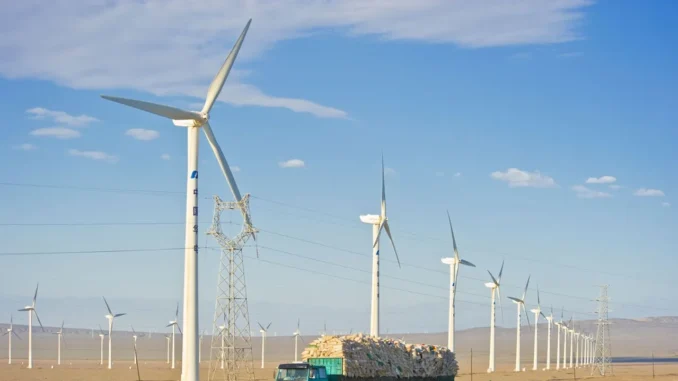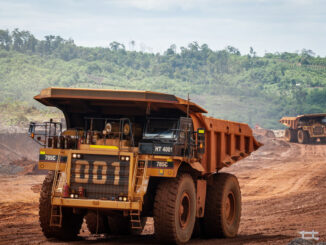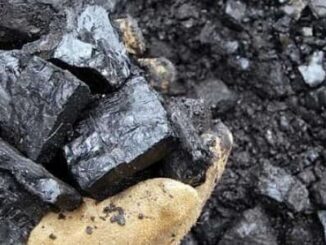
In a world grappling with climate change, China’s role in the clean energy transition is under intense scrutiny. Last year, the nation installed an impressive 217 gigawatts of solar power, prompting climate watchdogs to predict that China’s greenhouse gas emissions could peak as early as this year.
China: The Uncontested Leader in Rare Earth Elements
However, China’s dominance in rare earth elements and critical clean energy minerals presents a challenge for Western competitors. The nation’s control over supply through quotas and export bans has led to price crashes, making it difficult for other countries to establish a foothold in the market.
The Struggle for Independence
Western governments are striving for independence from China’s monopoly, recognizing the need to diversify mineral sources for climate change efforts. The Biden administration has acknowledged the difficulty of decoupling from China, emphasizing the importance of finding alternative sources of critical minerals.
Nordic countries and US allies are being considered as potential sources of these minerals, in an attempt to reduce reliance on China.
China’s Paradox: Leading in Solar Power and Coal
Despite being the leading manufacturer of electric vehicles and adding record-breaking solar power capacity, China continues to construct new coal power plants. This contradicts global demands to reduce reliance on coal for energy goals.
China accounted for a staggering 96 percent of new coal power construction globally last year, adding 191 gigawatts of coal-fired power generation over the past five years. With coal representing over 60% of electricity generated in the country in 2023, concerns have been raised about China’s commitment to combatting climate change.
Hydro Infrastructure: China’s Solution to Water and Food Security
China’s extensive hydro infrastructural development, particularly its dam building efforts, is a means to ensure water and food supply amidst rapid industrial development and climate change.
As the world’s largest dam builder, China’s implications on domestic, regional, and global behavior extend beyond economic and political gains.
As a correspondent who spent 21 years in China reporting on energy, mining, pollution, and the impact of climate change on cities and ecosystems, I have witnessed firsthand the nation’s complex relationship with clean energy.
China’s role in the global clean energy transition is undeniable, but its ongoing use of coal-fired plants and monopoly over critical minerals raises questions about its commitment to combatting climate change. The struggle for independence from China’s control over the market is ongoing, with Western governments seeking alternative sources of critical minerals to reduce reliance on the nation.
The future of clean energy hangs in the balance, with China’s actions having far-reaching implications for the global climate.



